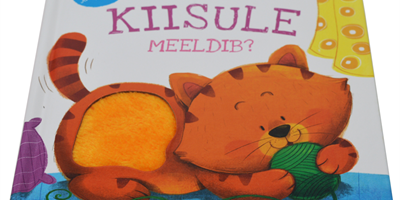In a world increasingly conscious of environmental sustainability, the children’s book printing industry is taking significant strides towards adopting eco-friendly practices. This shift not only benefits the environment but also aligns with the values of families who want their children to grow up in a greener world. In this blog, we’ll delve into the eco-conscious initiatives in children’s book printing.
1. Sustainable Materials Eco-friendly children’s books are often printed on recycled or sustainably sourced paper. FSC-certified paper ensures that forests are responsibly managed, minimizing the environmental impact of paper production. Additionally, soy-based or vegetable inks are used, which are less harmful to the environment than traditional petroleum-based inks.
2. Minimal Waste Printers are employing practices to minimize waste during production. Digital printing technology allows for on-demand printing, reducing overproduction and excess inventory. Any waste generated during the printing process is often recycled or repurposed.
3. Energy-Efficient Processes Modern printing facilities are adopting energy-efficient technologies to reduce their carbon footprint. Solar panels, LED lighting, and energy-efficient machinery are commonly used to minimize energy consumption during printing operations.
4. Eco-Friendly Packaging The sustainability commitment extends to packaging as well. Children’s books are often packaged using recyclable or biodegradable materials. Minimalist packaging designs not only reduce waste but also contribute to a clean and visually appealing presentation.
5. Educating Young Readers Eco-friendly children’s books often include stories that emphasize environmental stewardship and conservation. By incorporating these themes, young readers not only enjoy engaging stories but also learn the importance of caring for the planet.
In conclusion, eco-friendly practices are revolutionizing the children’s book printing industry. Publishers, illustrators, and readers are becoming more conscious of their environmental impact and are actively contributing to a more sustainable future through the choices they make in the printing and consumption of children’s books.




















